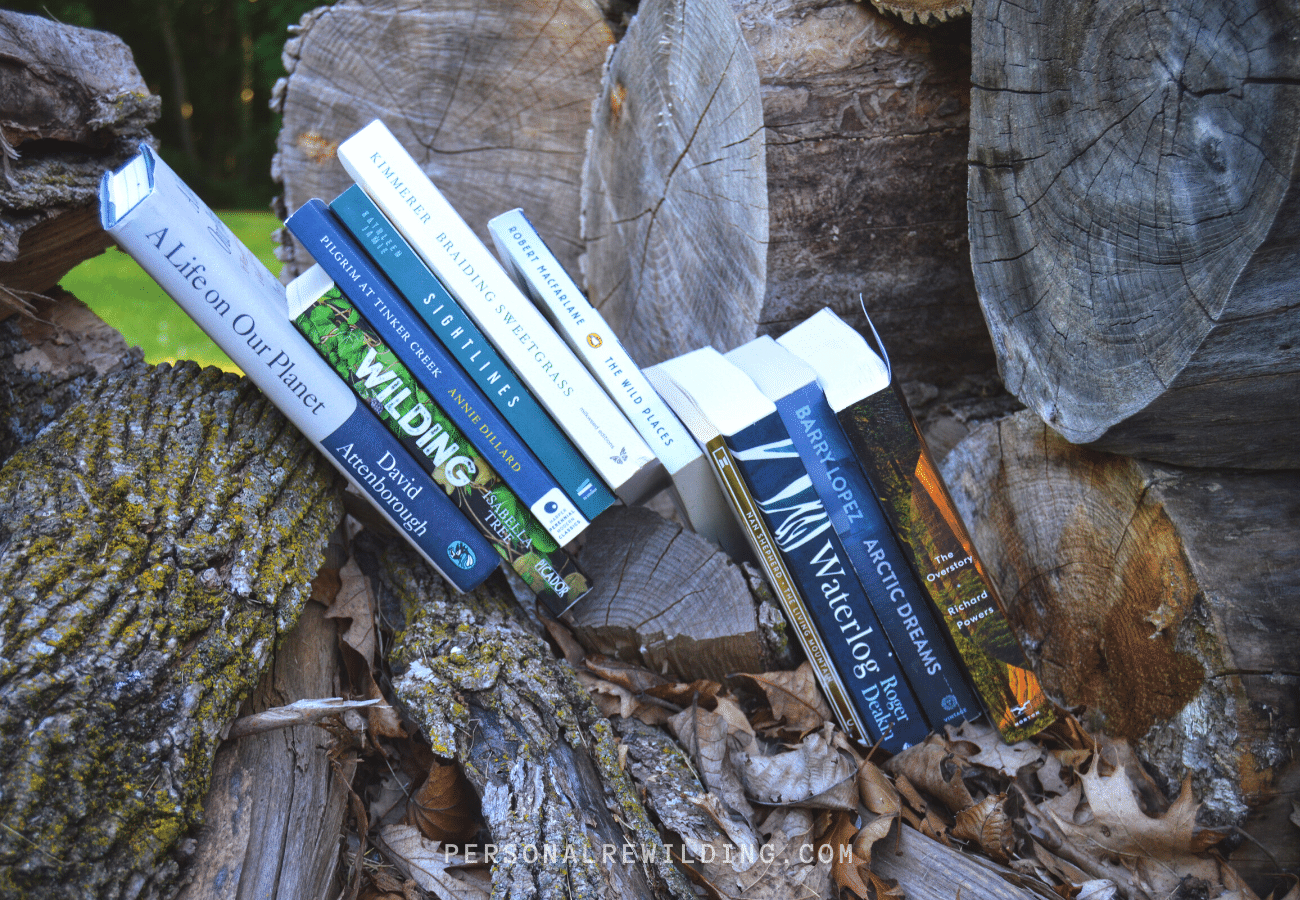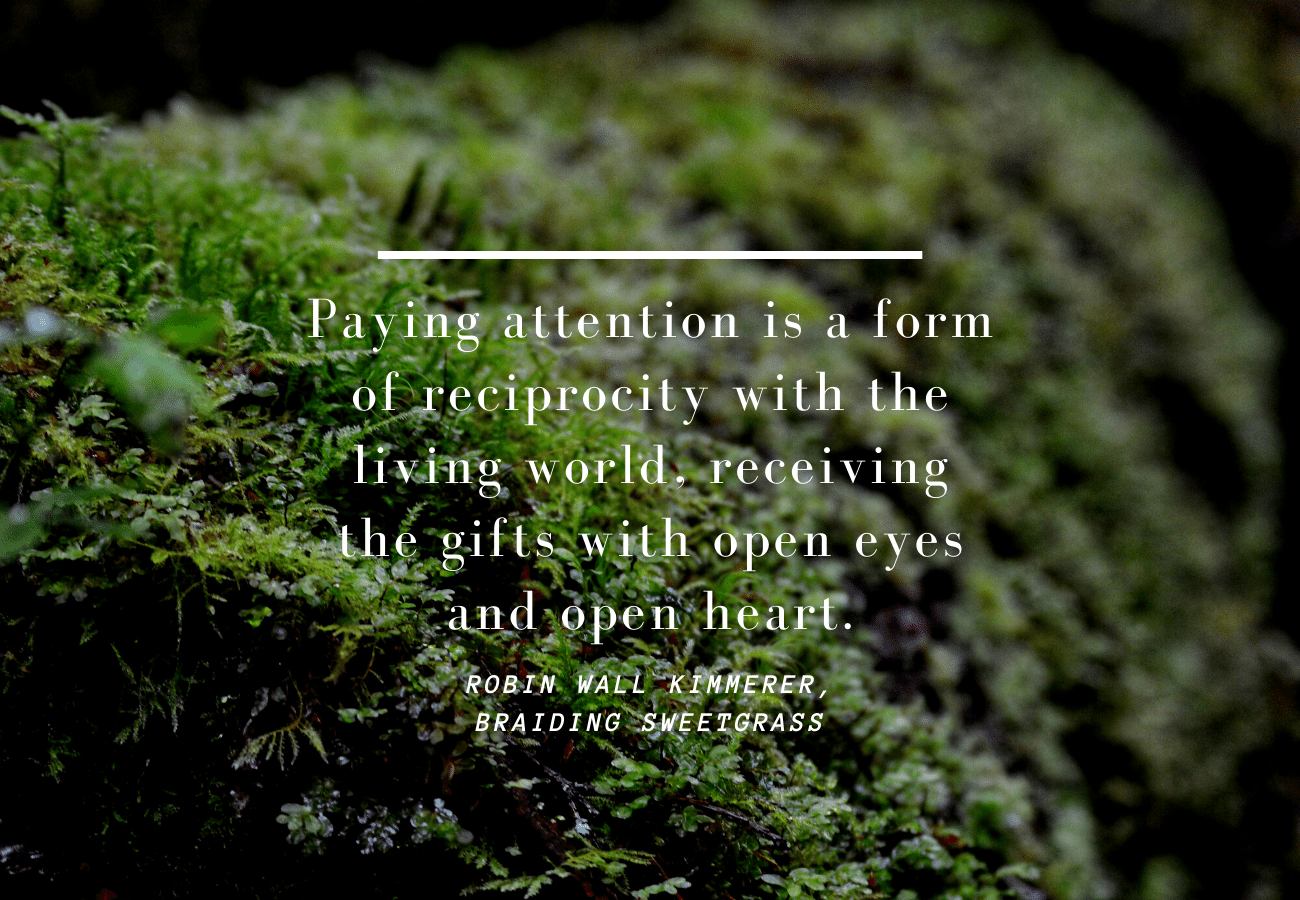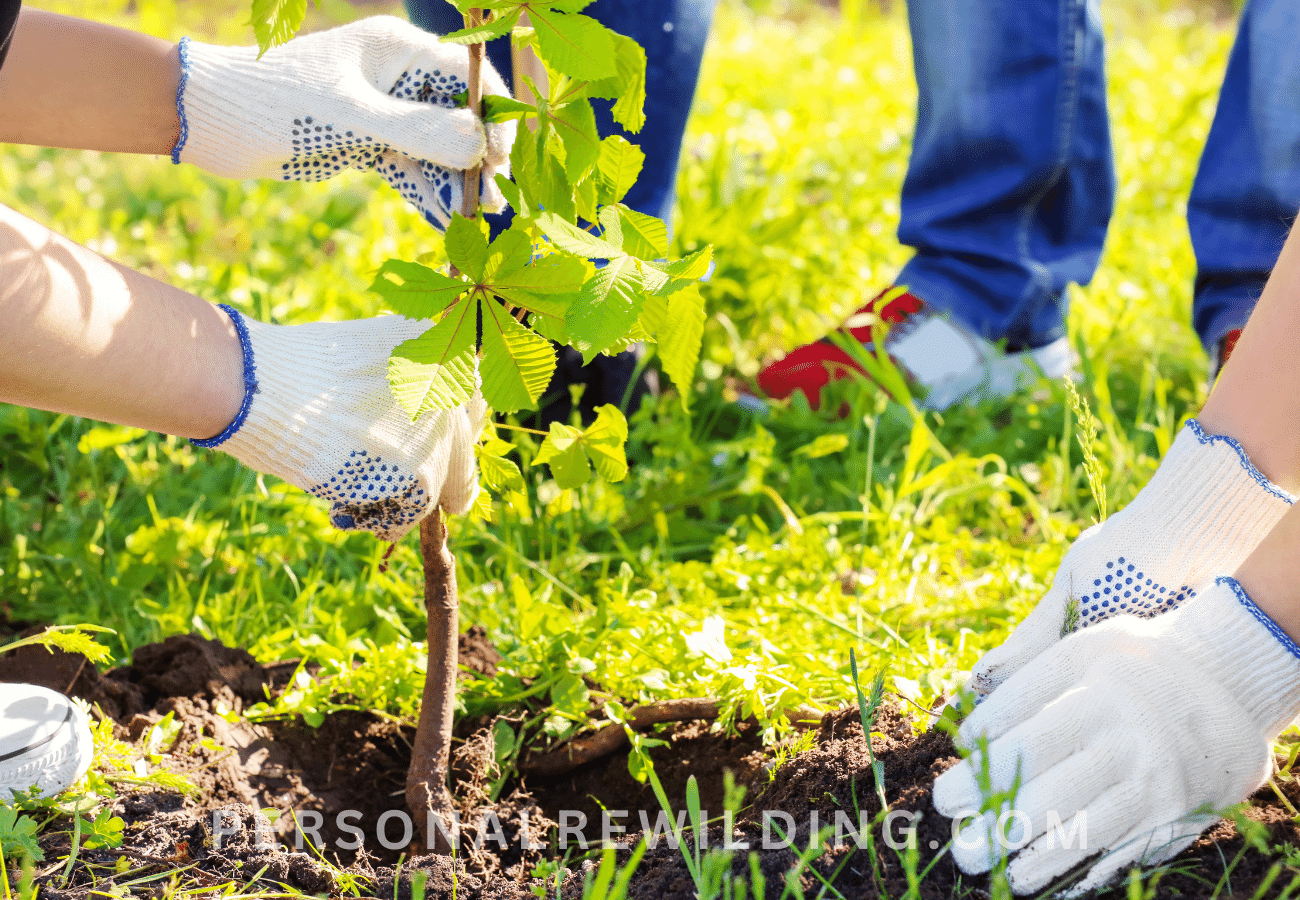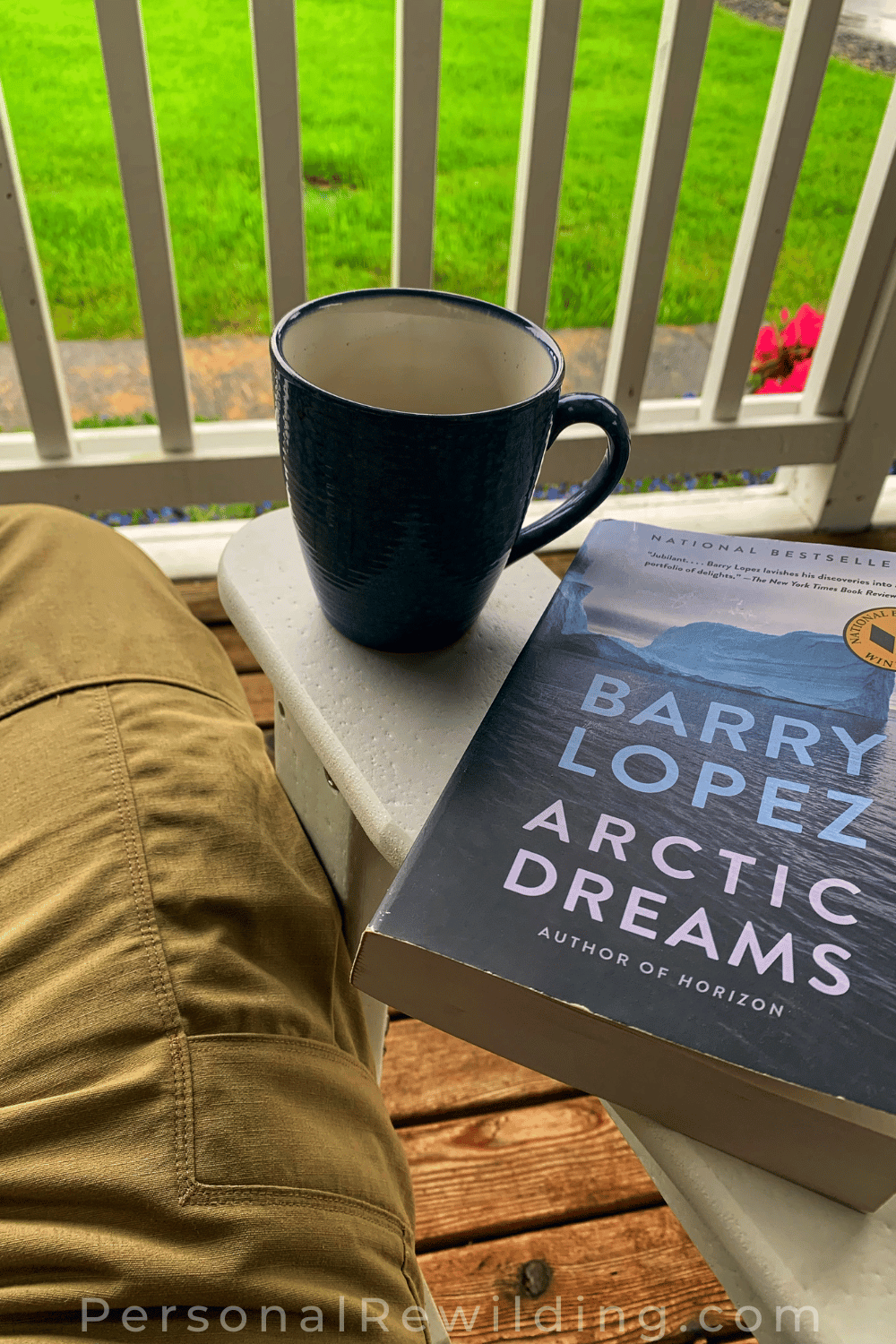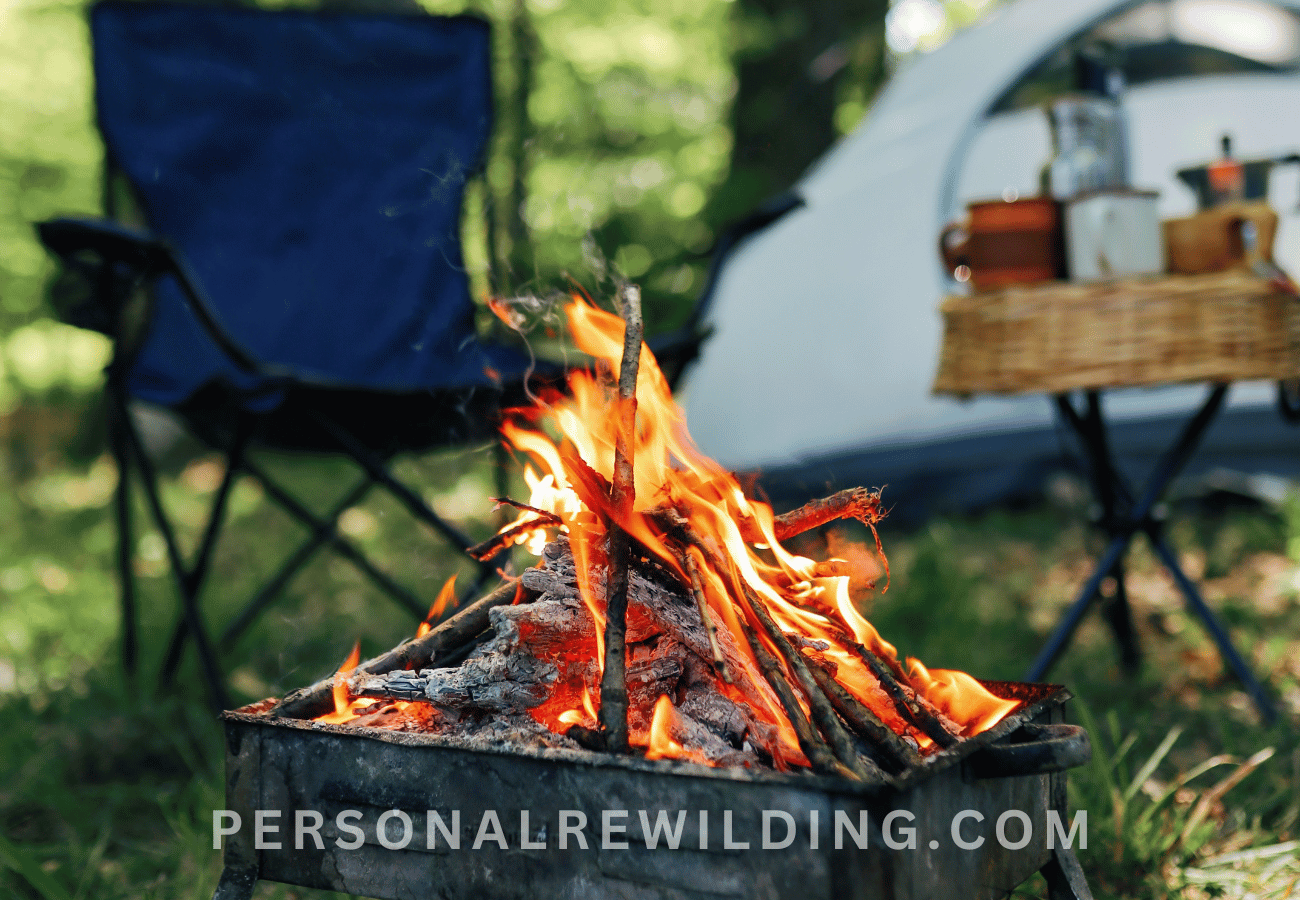- Home
- Nature Writing
- Best Nature Writing
The Best Nature Writing:
10 Books on Nature You Should Read
Any “best of” list is rather arbitrary, and this list of the best nature writing is no exception. It’s based on personal taste, interest, and sometimes even the moment in which we first read or experience a book.
But also like any list, it makes for a great place to start. There are thousands of books of nature writing available (and we’ve read only a fraction) so let us narrow your choices down to some of our favorites and tell you what makes them great.
Though we love them, we’ve avoided some of the more obvious classic choices. No Walden here, since many people have at least a passing acquaintance with it and for all its charm Thoreau makes for a slow and sometimes frustrating read. Same goes for some of the other classics that folks may have encountered in school.
Our Top 10 - The Best Nature Writing
(In No Certain Order)
1.) The Living Mountain by Nan Shepherd
Nan Shepherd’s The Living Mountain is a tiny gem of a book that packs a powerful punch. Shepherd spent her life in and around the Cairngorm Mountains of central Scotland. She knew her landscape intimately and intensely. Shepherd notices everything with a poetic richness that comes across clearly in her writing.
“Yet often the mountain gives itself most completely when I have no destination, when I reach nowhere in particular, but have gone out merely to be with the mountain as one visits an old friend with no intention but to be with him.” -Nan Shepherd
2.) The Overstory by Richard Powers
The Overstory is a singular kind of book. Part nature writing, part fiction, it blends the two seamlessly, bringing narrative drive to a plot whose main characters are…forests. This is meaningful and thought-provoking fiction that will change the way you look at the world around you, and your own backyard.
“People aren’t the apex species they think they are. Other creatures – bigger, smaller, slower, faster, older, younger, more powerful – call the shots, make the air, and eat sunlight. Without them, nothing.” -Richard Powers
3.) Braiding Sweetgrass: Indigenous Wisdom, Scientific Knowledge, and the Teachings of Plants by Robin Wall Kimmerer
Robin Wall Kimmerer is a botanist with Native American roots, and she brings the traditional natural teachings of the latter together with the scientific knowledge of the former to show us how indigenous cultures’ traditional veneration and respect for the natural world can translate into a better and more balanced way of life in the modern day. Kimmerer central tenet is “reciprocity”, the act not merely taking from the natural world for our own benefit, but also of giving back.
“What would it be like, I wondered, to live with that heightened sensitivity to the lives given for ours? To consider the tree in the Kleenex, the algae in the toothpaste, the oaks in the floor, the grapes in the wine; to follow back the thread of life in everything and pay it respect? Once you start, it’s hard to stop, and you begin to feel yourself awash in gifts.” -Robin Wall Kimmerer
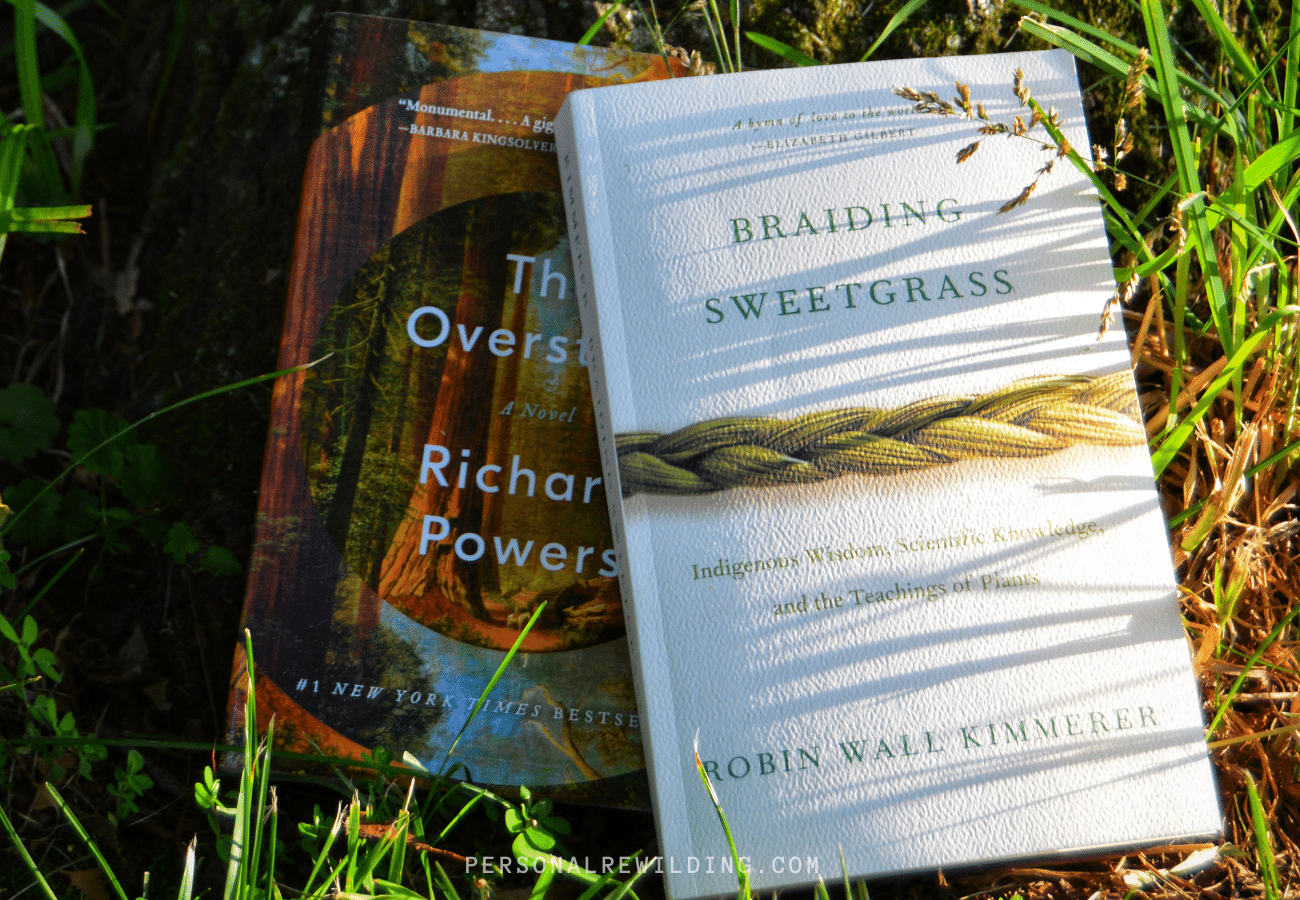 Braiding Sweetgrass by Robin Wall Kimmerer & The Overstory by Richard Powers
Braiding Sweetgrass by Robin Wall Kimmerer & The Overstory by Richard Powers4.) Arctic Dreams by Barry Lopez
Arctic Dreams is Barry Lopez’s masterpiece, a set of stunningly written and thoughtful essays on different aspects of the artic landscape by one of the very best writers on nature (or any genre). Lopez spent seasons and years in the arctic, traveling with scientists and indigenous peoples, from the Brooks Range of Alaska across northern Canada into the archipelago of islands west of Greenland. His observations are stark, wise, full of harshness and contrast and beauty.
“At the heart of this story, I think, is a simple, abiding belief: it is possible to live wisely on the land, and to live well. And in behaving respectfully toward all that the land contains, it is possible to imagine a stifling ignorance falling away from us.” -Barry Lopez
5.) The Wild Places by Robert MacFarlane
It’s difficult to choose just one of Robert Macfarlane’s many and varied books. Macfarlane has written books on a variety of natural themes, and all of them are excellent. Macfarlane is a wordsmith, a writer of extreme lyricism, and a staunch defender of the natural world. In The Wild Places, Macfarlane sets out to find and discover those pockets of true “wildness” that still exist in the British Isles – from island to mountain to moor – and takes the reader along on the adventure with him.
“All travellers to wild places will have felt some version of this, a brief blazing perception of the world’s disinterest. In small measures it exhilarates. But in full form it annihilates.” – Robert Macfarlane
6.) Wilding by Isabella Tree
In 2000, faced with impending bankruptcy on their 3,500-acre farm and estate, Isabella Tree and her husband did the last thing anyone would expect. They halted the process of intensive farming that had been slowly turning their land into a monoculture wasteland and returned the farm to nature in a rewilding process that over the past 20+ years has yielded some incredible and rewarding results. Tree lays out the principles behind the rewilding scheme and the many surprising and unforeseen benefits that resulted.
“Standing in the middle of a butterfly blizzard, eyes closed, as I did that extraordinary day, is discombobulating. The sound of a single butterfly is imperceptible. But tens of thousands have a breath of their own, like a back-draught of a waterfall or an accumulating weather front.” -Isabella Tree
7.) A Life on Our Planet by David Attenborough
Sir David Attenborough needs no introduction, and no list of the best nature writing would be complete without him. One of the world’s foremost conservationists and documentary filmmakers, Attenborough has a lifetime of knowledge and experiences to draw on. This retrospective journey through his 90+ years on the planet – and the changes it has undergone just within his lifetime – is alarming, incisive, and ultimately hopeful.
“We often talk of saving the planet, but the truth is that we must do these things to save ourselves. With or without us, the wild will return.” -David Attenborough
8.) Pilgrim at Tinker Creek by Annie Dillard
Annie Dillard is a writer of many talents, from fiction to non-fiction to literary criticism and many places in-between. But she may be best known for this masterwork of natural observation, a collection of journals written about her time living alone on Tinker Creek, in Virginia’s Blue Ridge mountains. It is modeled in part after Thoreau’s Walden, but Dillard brings her own distinctive voice and poetic style to her year at her “anchorite’s hermitage”, and the beauty of her language and the richness of her metaphors more than earn her a place on any list of the best nature writing. Pilgrim at Tinker Creek won the 1975 Pulitzer Prize for non-fiction.
“Sometimes I open, pried like a fruit. Or I am porous as old bone, or translucent, a tinted condensation of the air like a watercolor wash, and I gaze around me in bewilderment, fancying I cast no shadow.” -Annie Dillard
9.) Sightlines by Kathleen Jamie
Kathleen Jamie was already well-known as a poet before she turned her skills to writing nature essays. She has published three books of essays, all of them excellent, but my personal favorite is Sightlines, her second release. With a distinctly maritime focus, Jamie takes on a variety of related subjects, from her time on the remote Atlantic islands of St. Kilda and Rona to the wonder of a serendipitous day in the Hvalsalen, the hall of whales at the Bergen Natural History Museum, where the skeletons of these lords of the deep hang assembled from the rafters. All is parsed through Jamie’s keen eye and written in her thoughtful and sharp prose. It makes for compelling and rewarding reading.
“There was a time – until very recently in the scheme of things – when there were no wild animals, because every animal was wild; and humans were few. Animals, and animal presence over us and around us. Over every horizon, animals.” -Kathleen Jamie
10.) Waterlog by Roger Deakin
Waterlog was – no pun intended – a watershed book when it was originally released in 1999. It became a surprise bestseller and sparked a popular trend of “wild swimming” throughout Britain shortly after its release. Deakin struck upon the idea for the book while swimming in the rain in the old “moat” near his Suffolk farmhouse. He determined to swim across Britain via natural waterways, the way that Ned Merrill - the protagonist of John Cheever’s famous short story “The Swimmer” - decided to swim home through the pools of suburban backyards. The result is a trippy, magical journey that will have you seeing your local creek or river a little differently.
“When you swim, you feel your body for what it mostly is – water – and it begins to move with the water around it. No wonder we feel such sympathy for beached whales; we are beached at birth ourselves. To swim is to experience how it was before you were born.” -Roger Deakin
These are our ten favorite books of nature writing. Ask again tomorrow, they may change. There is still so much we haven’t read, and more is published every day.
Have we missed your favorite book of nature writing? Tell us what it is and a little bit about it below. Share your experience with our readers!
Share your favorite Nature Writing!
Do you have a favorite book of nature writing that you'd like to share with our visitors? Write a review or tell us a bit about your experience and what makes a book special or important!
